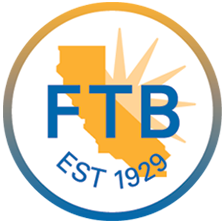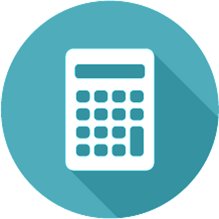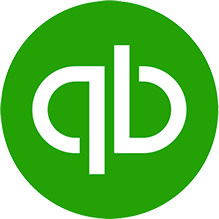
The Secure 2.0 Act, a significant update to retirement and tax regulations passed in December 2022. It brought notable enhancements to Qualified Charitable Distributions (QCDs). More options are provided for older Americans seeking tax-efficient ways to donate. The Act builds on the original “Setting Every Community Up for Retirement Enhancement” of 2019. The 2019 version aimed to improve retirement security. But the new provisions not only expand the reach of QCDs but also allow for greater flexibility in charitable giving strategies.
QCDs to RMDs
First, the basics: QCDs were established in 2006 and became permanent in 2015. Taxpayers age 70½ or older are allowed to make QCDs up to an annual limit from their IRAs directly to a qualified charity.
A charitable deduction cannot be claimed for a QCD, but the QCD amount is excluded from the donor’s taxable income. And the QCD can be used to satisfy the IRA owner’s required minimum distribution (RMD), if applicable.
How The Secure 2.0 Act Has Changed
The Secure 2.0 Act made some enhancements to IRA qualified charitable distributions (QCDs) that may benefit your not-for-profit organization. Of course, donors need to be aware of them in order to reap the benefits. You can encourage your supporters to contribute more by boning up on the new rules and communicating their tax advantages.
In this Act, the annual distribution limit has been increased to $105,000 for QCDs in 2024. Taxpayers can now make a once-per-lifetime QCD of up to $50,000 through split-interest entities, effective in 2023.
For these reasons, educating donors about QCDs can lead to increased contributions. Particularly for those who may not benefit from traditional charitable deductions.
Ways to Boost donations
So, how can you get the word out and boost donations? Consider preparing a presentation, brochure or both on how QCDs work, stressing the tax advantages for donors.
A QCD might be especially tax-smart for donors who:
- Can’t benefit from the charitable deduction because their total itemized deductions for the year won’t exceed the standard deduction for their filing status.
- Want to donate more to charity during the year than they can deduct due to adjusted gross income (AGI)-based limits on their charitable deduction. In general, deductions for cash gifts to public charities can’t exceed 60% of AGI. And deductions for donations of long-term capital gains property to charities can’t exceed 30% of AGI.
But don’t limit your education campaign to these technicalities. Supporters increasingly are interested in outcomes. Instead, be as specific as possible about how you’ll apply a donor’s QCD. For example, to fund a new program or facility or pay for additional staff.
Qualified recipients
Note that donor-advised fund sponsors, private foundations and supporting organizations continue to be ineligible as QCD recipients. In fact, you should make certain that your nonprofit is allowed to accept — and is set up to receive — QCDs.
Conclusion
The Secure 2.0 Act’s enhanced QCD provisions provide retirees with more ways to give charitably while managing their income. This change is a win-win. In short, it increases flexibility for donors and adds more resources for charitable organizations, all while promoting retirement security.
You may also enjoy reading: Cash vs. Accrual Accounting







